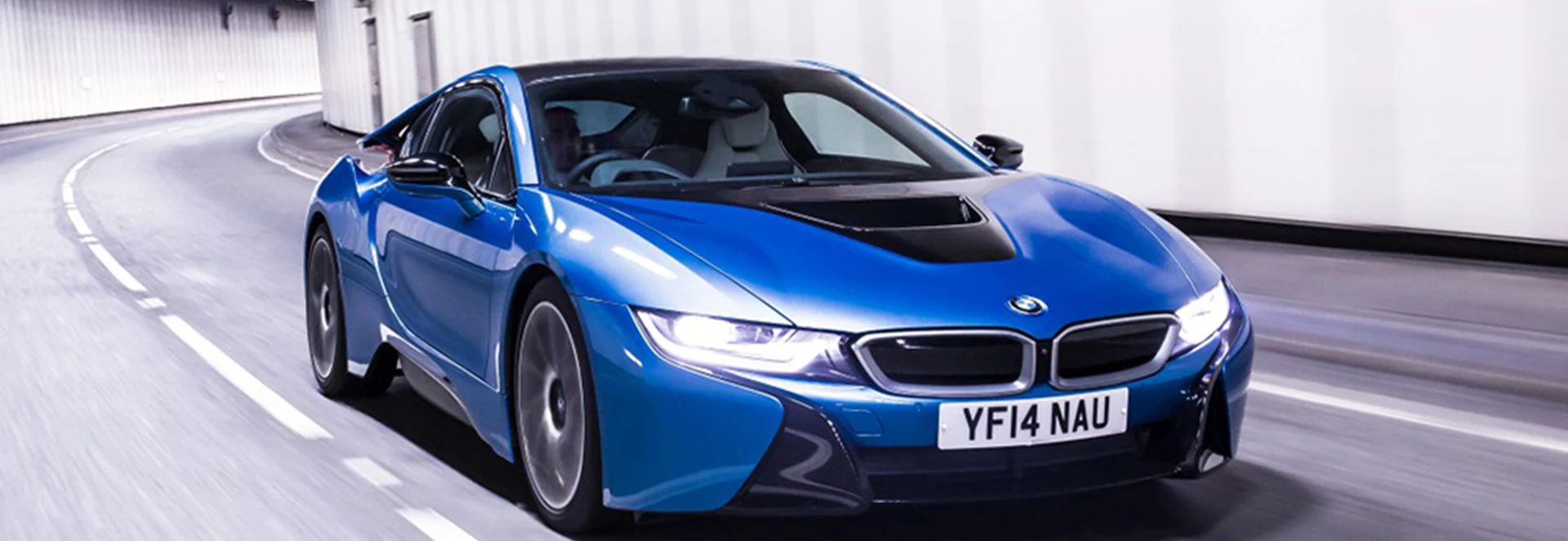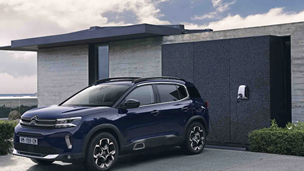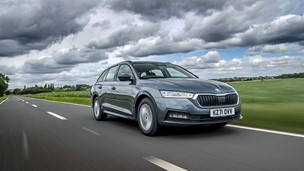The demand for alternative fuel vehicles (AFVs) has increased dramatically in the UK market over the last couple of years. The term alternative fuel can of course refer to any vehicle that runs on something besides petrol or diesel.
Appealing to new car buyers prioritising running costs, alternative fuel cars can provide drastic reductions in CO2 emissions compared to a ‘conventional’ petrol or diesel car. With some alternative fuel cars, the total mileage before each refuel can be increased massively compared to a conventional car.
A lot of alternative fuel vehicles can also qualify for a Government-supported Plug-in vehicle grant, which can cut £5,000 off the vehicle’s purchase price.
The variety of alternative fuels available now is expansive but seemingly the three most common mentioned at the moment are hybrids, electric vehicles (EVs) and hydrogen cars.
In this guide we’ll cover how these three types of alternative fuel vehicles work and address which one is best suited for you.
Hydrogen Cars
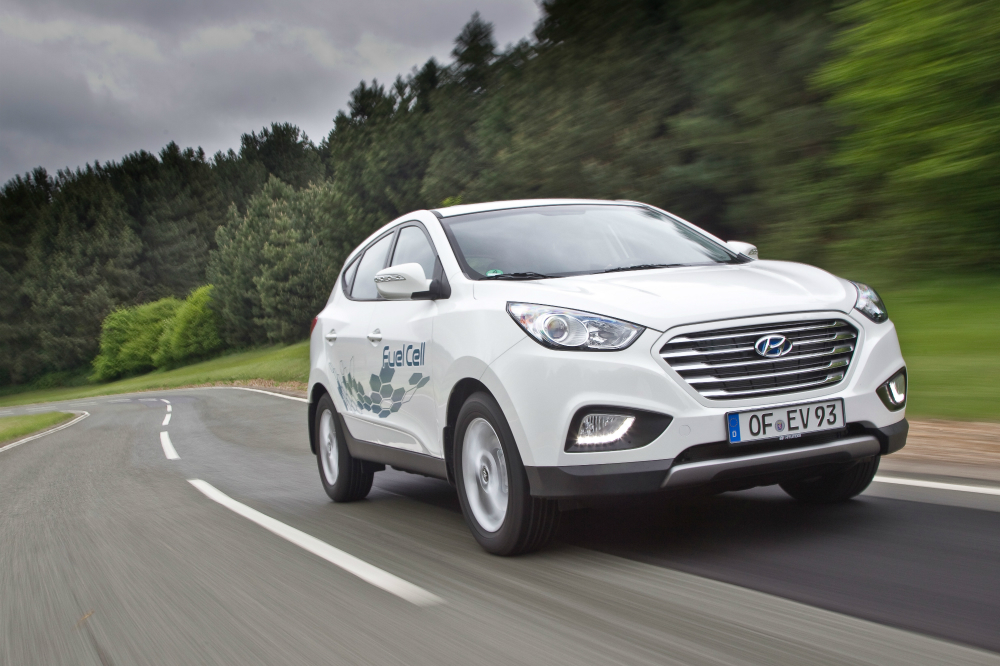
In today’s market there are some alternative fuel cars driven by what is called a hydrogen fuel cell. This combines both hydrogen and oxygen to produce electricity.
The energy from the hydrogen fuel cell is stored in batteries which in turn powers electric motors which drive the vehicle’s wheels. There are no emissions produced by cars run by a hydrogen fuel cell, instead the only by-product is water.
While hydrogen cars do exist in the market, it is still currently a very niche sector. In fact, while prototype hydrogen cars were built more than six years ago, it’s only since autumn 2014 that we’ve seen production examples arrive to Britain.
Since then, Hyundai has confirmed a hydrogen-run version of its ix35 crossover SUV, with a plan to manufacturer 1,000 examples by 2015. An additional 10,000 units are planned for soon after. In 2015, Toyota is also expected to introduce a new hydrogen-powered car, the FCV, to the UK market.
The number of public charging stations for hydrogen fuel cell vehicles in the UK is currently very limited. The first site was opened in 2011 in Swindon and another opened in 2014 in London. A £11 million funding plan for the Government has been established, however, to expand the UK’s hydrogen fuel network to 15 stations by the end of 2015.
Hybrid Cars
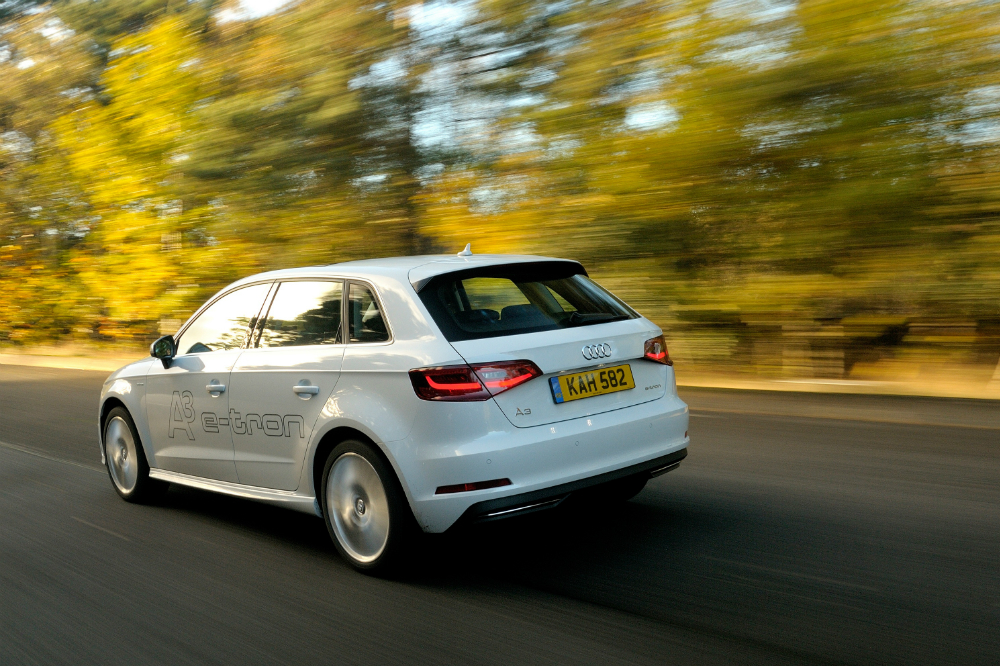
Hybrid generally refers to vehicles which are driven by more than one source of power. Typically this means something else is used in addition to a conventional petrol or diesel engine for support.
The most common example is petrol-electric hybrids. As the name suggests, the powertrain for these vehicles combine a petrol engine with an electric motor. A car can run both simultaneously for additional power or run the electric motor only for limited mileage.
There are also some diesel-electric hybrids in the car market which utilise pretty much the exact same concept.
These hybrid cars can offer much greater fuel economy figures then conventional-run cars and lower CO2 emissions, to the point where Vehicle Excise Duty becomes free.
Interestingly, some hybrid cars will use the petrol/diesel engine to drive one pair of wheels (front or rear) and the electric motor will drive the other pair, giving the car four-wheel-drive capabilities.
There are some different variants of hybrids in today’s market as well. One example is plug-in hybrids which can have the batter pack used for the electric motor charged via an electrical socket.
There are also extended-range electric vehicles (E-REVs), which like hybrids use either a petrol or diesel engine combined with an electric motor. The key difference with E-REVs, however, is that the petrol (or diesel) unit is relied upon to recharge the electric motor.
Electric Cars
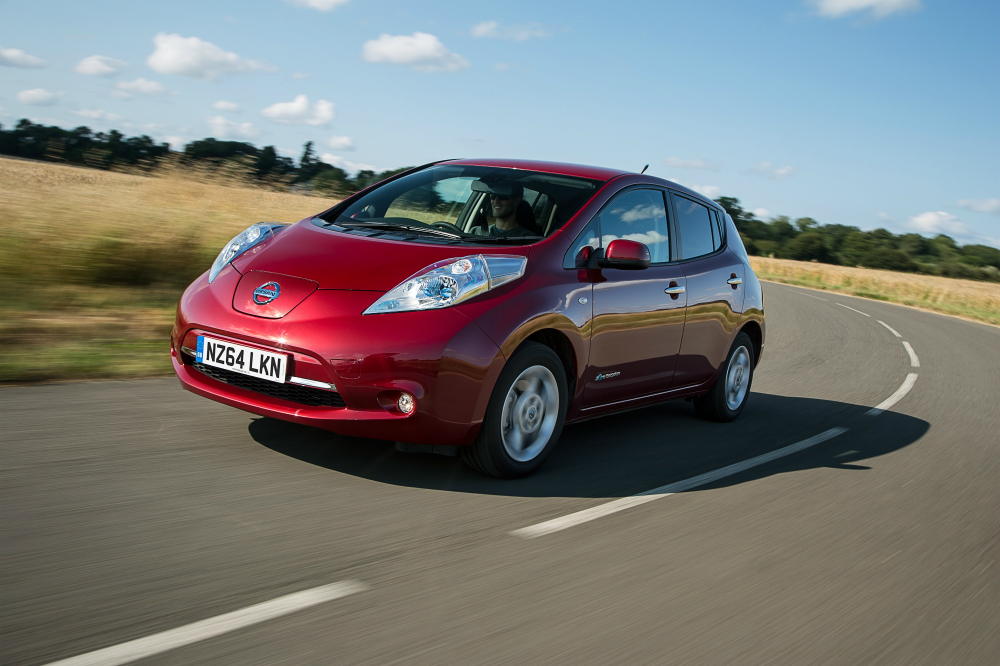
Electric cars, or EVs as they are also known by, are driven purely by electric energy, resulting in zero emissions and a very quite drive. At least one motor is used to drive the front/rear wheels and this is charged by an on-board battery pack.
Since a conventional gearbox is not used for an electric powertrain, all of the vehicle’s torque is delivered pretty much instantaneous.
Electric cars are incredibly cheap to run and the simplicity of the powertrain should mean cheap maintenance costs as well. Compared to hybrids or conventional powered cars, however, the travel range of electric cars is much shorter, although they have improved in this regard in recent years.
To ‘refuel’ an electric car, a suitable plug socket is used. How long it takes to fully recharge depends on the type of plug socket and the car itself. The recharge time could take anywhere between three and eight hours using a standard charge plug. Some special ‘fast chargers’, however, can refill 80 per cent of the charge in around just 30 minutes.
Which is best?
Choosing the alternative fuel vehicle which suits you best to buy really should depend a lot on where you live, where you plan to drive and your budget.
While hydrogen cars are a very interesting concept, they are still at a very early stage of development in the market. Realistically then the choice of AFV is going to be either a hybrid or electric car.
If you’re a car buyer expecting to regularly commute within town, and there are a decent number of public charging points nearby, then an electric vehicle can fit very well into your lifestyle.
If, however, you are expecting to make regular long-distance trips in your new car, then a hybrid is likely more suited. The extra reassurance provided by a petrol or diesel engine onboard for travel range is very appealing in itself, and very low running costs are still achievable.
